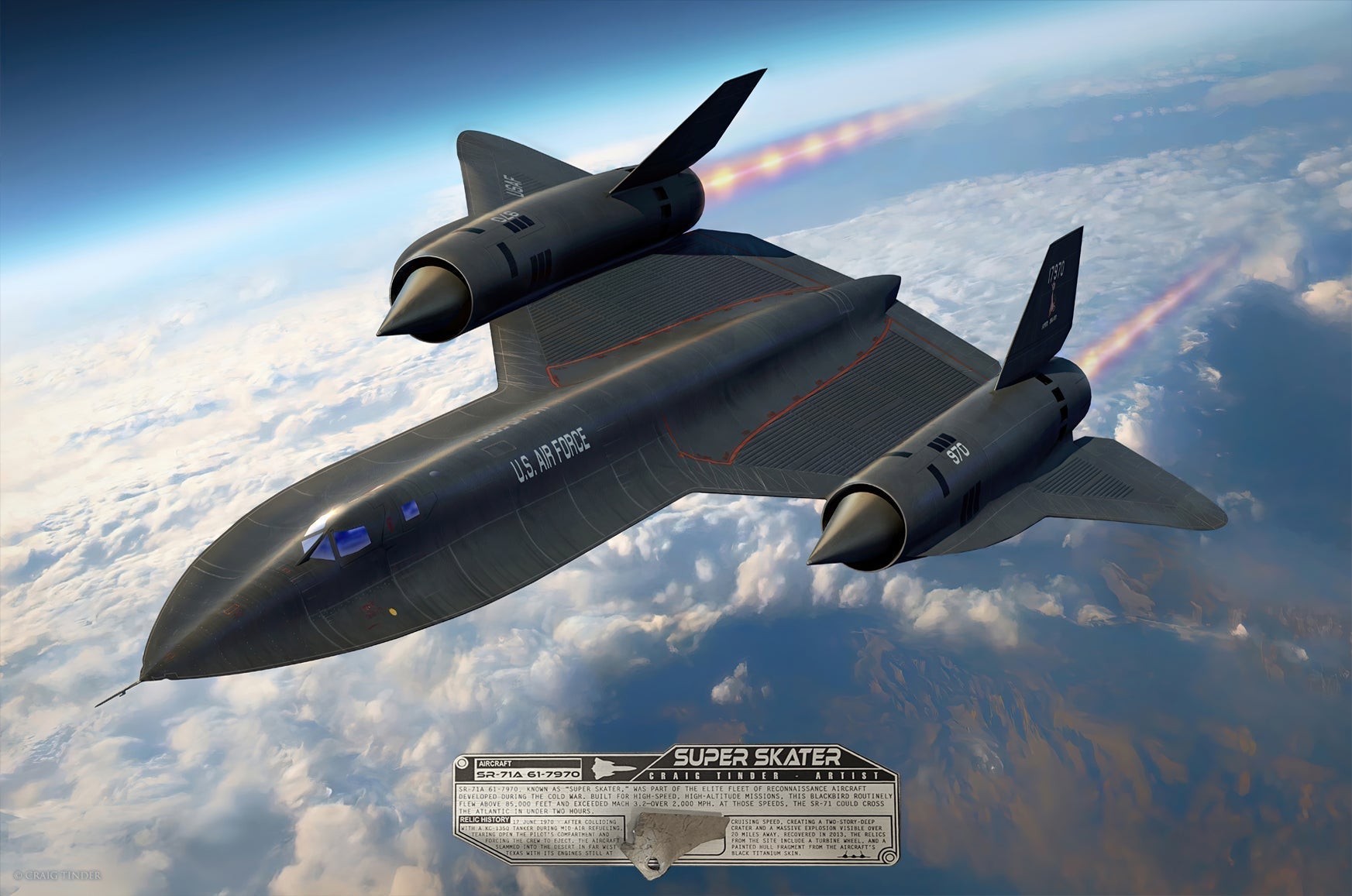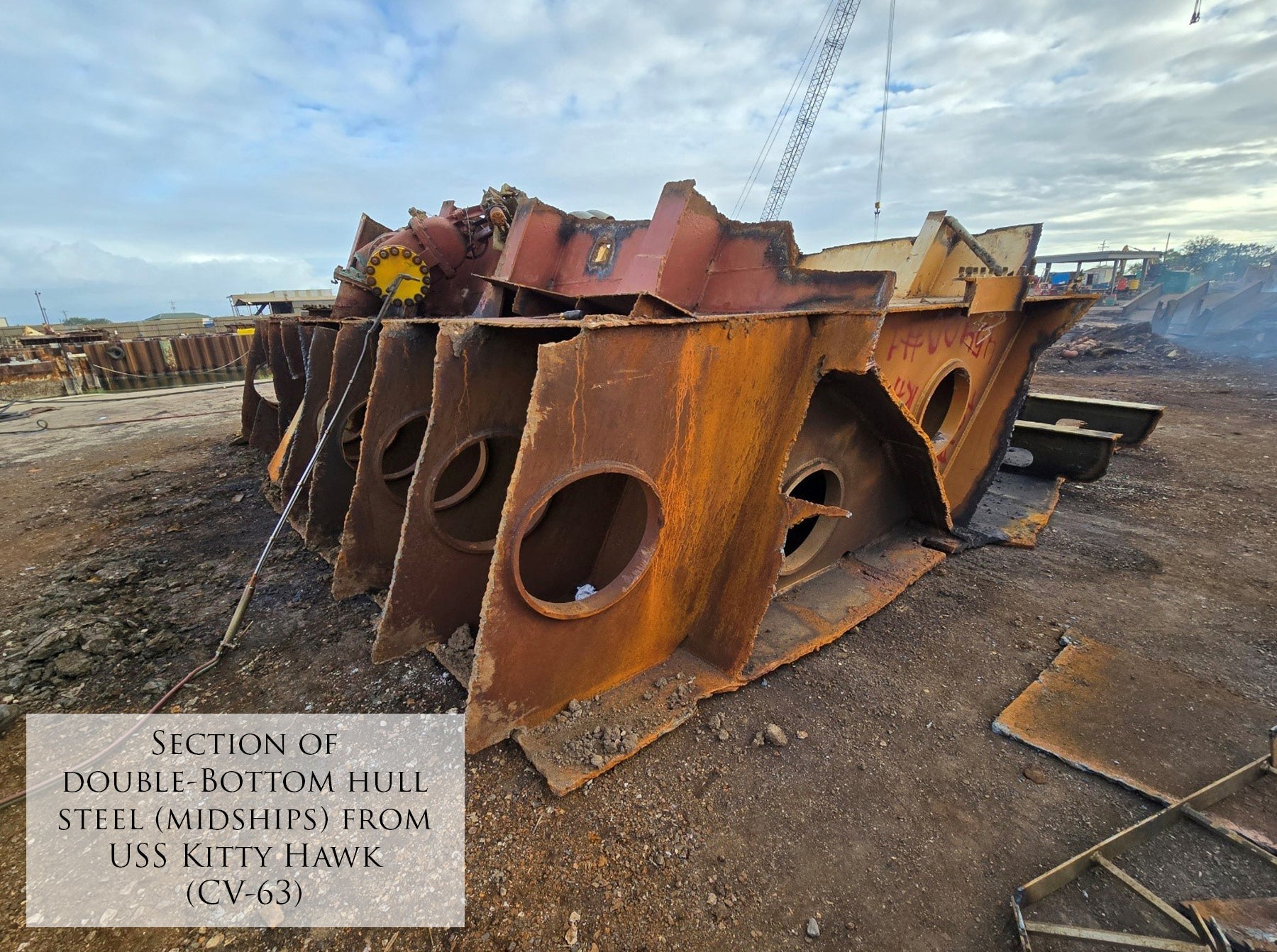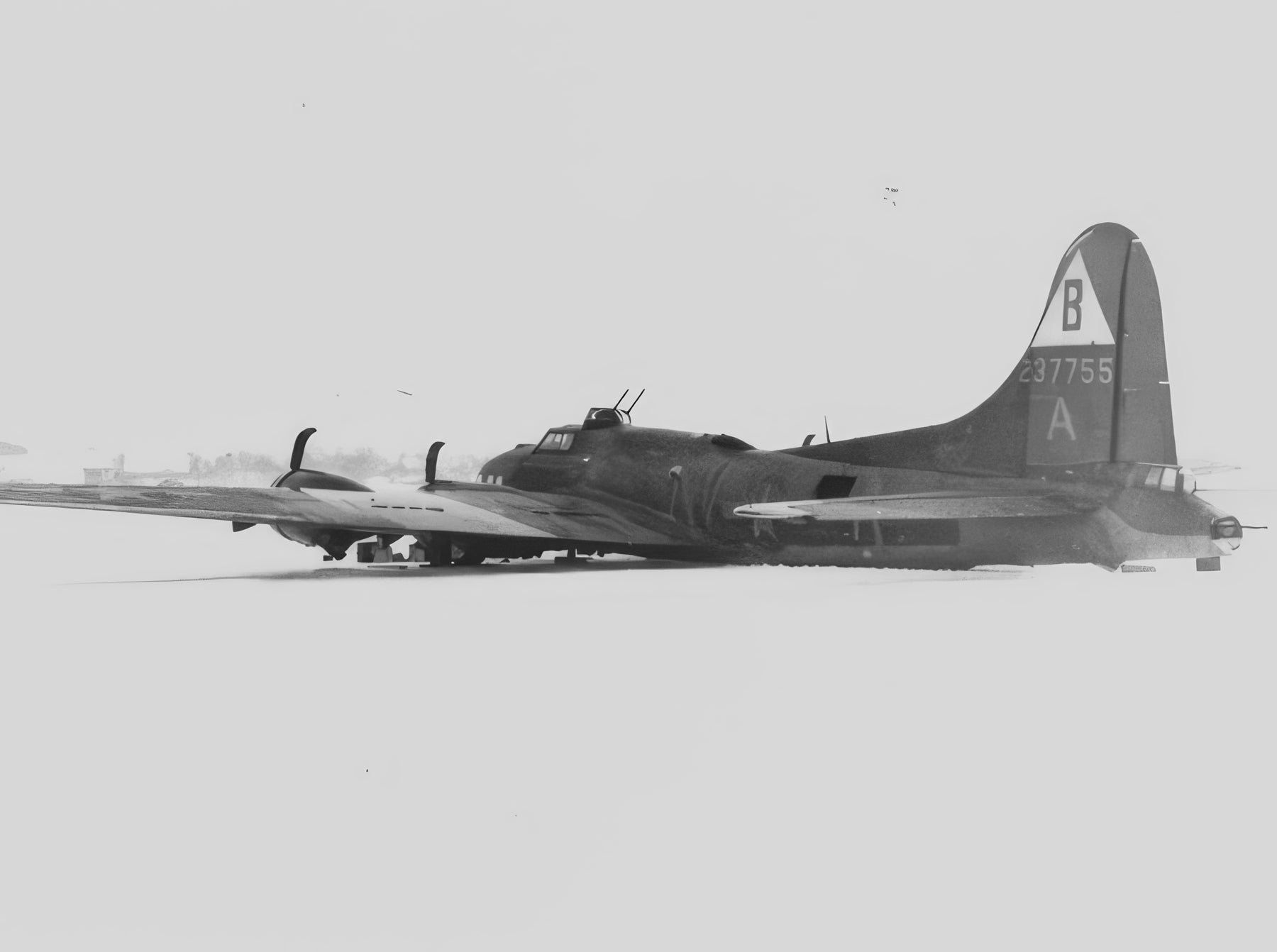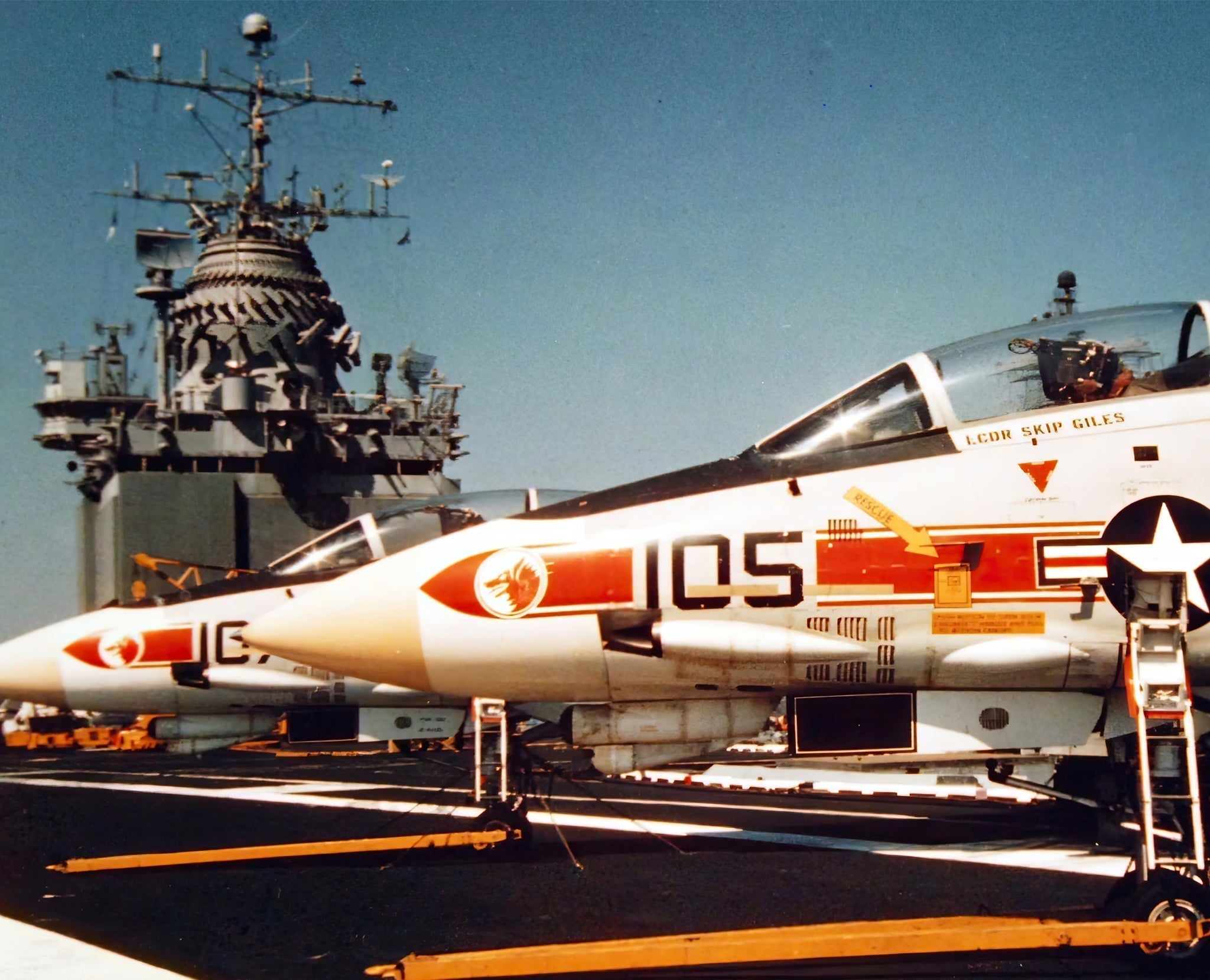Super Skater - Blackbird Breakaway
By Craig Tinder | Aces In Action
17 June 1970 - Maj Buddy Brown and Maj Mort Jarvis were flying a test mission in SR-71A “Super Skater,” tail number 61-7970. Their goal was to evaluate newly updated electronic jammers across the Eglin Test Range over the Gulf of Mexico. After a long flight around the western U.S., the crew approached El Paso, Texas, for their final in-flight refueling—a routine maneuver that quickly turned catastrophic.

SR-71A In-flight USAF Photo
After taking on 35,000 pounds of fuel from the first tanker, the SR-71 lined up behind a second KC-135Q. What began as a smooth refueling suddenly turned into chaos. A slight pitch-up sent the aircraft’s nose into the belly of the tanker. The canopy caved in, and the forward section of the aircraft tore away. Brown instinctively ejected, fearing he’d be launched straight into the tanker. Jarvis followed. Both survived, though Brown suffered two broken legs. Meanwhile, SR-71A No. 61-7970 continued flying on its remaining thrust before slamming into the desert floor near El Paso.

SR-71A In-flight USAF Photo
The crash left behind a crater two stories deep, and the fireball could be seen from over 20 miles away. “Super Skater” was obliterated on impact—its engines still at cruising speed. In 2013, parts of the wreckage were recovered from the remote crash site, including a scorched turbine wheel, a nickel-alloy attachment fitting, and a painted hull fragment from the aircraft’s black titanium skin. The violence of the event, and the survival of the crew, remain a sobering testament to the risks of high-speed flight—and the strength of the SR-71’s design.
Artist's Note
In 2023, artist Craig Tinder had the honor of consulting with legendary SR-71 pilot, Major Brian Shul to enhance the accuracy of this artwork. Major Shul shared unique technical insights that only someone with firsthand experience could offer—most notably, his observation that artists often overlook the fact that when the SR-71's afterburner diamonds are visible, there are no fuel streaks across the tops of the wings. This is due to the aircraft’s design: at Mach 3+ speeds, the SR-71 would expand from the heat generated by atmospheric friction, sealing the expansion gaps in its titanium skin and preventing leaks. These gaps—intentionally engineered into the structure—could make the aircraft 'grow' several inches during high-speed flight. This artwork is proudly dedicated in Maj. Shul's name, and I am deeply honored to have known him as both a pilot and a friend. -Craig Tinder
To purchase or see similar items, visit here.
Commissioned by Museums, Treasured by Collectors





Share:
Memphis Awaits the Belle: The Moment That United a Country
Silent Strike: Behind the B-2's Midnight Hammer Mission